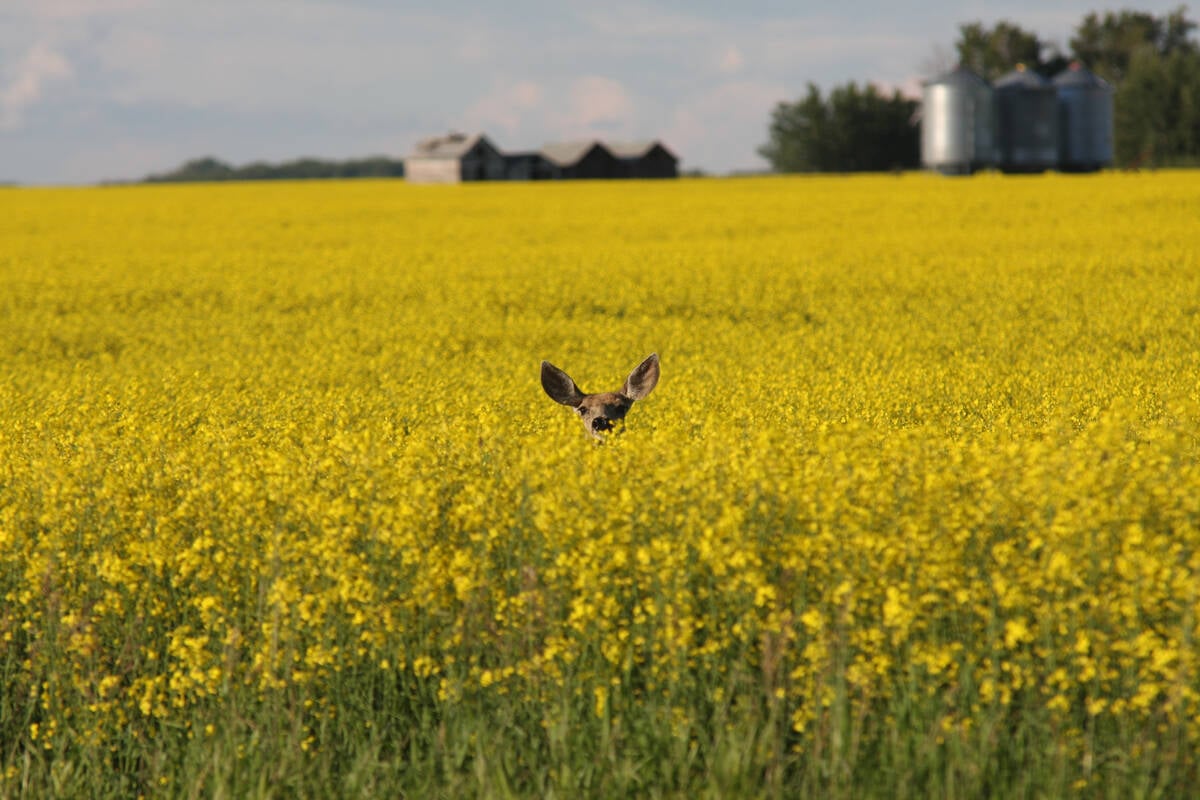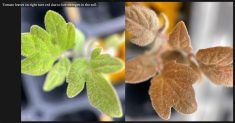Bill Prybylski raises cattle on his mixed farm in eastern Saskatchewan. But some days, he wonders why.
He farms with his son, brother and two nephews near Yorkton, where they run an 11,000 acre grain farm and manage a 200-head cow-calf operation.
Prybylski likes having forages in his crop rotation and the cattle utilize land on the farm that’s not suited for crop production.
Read Also

Drones now used to assess wildlife crop damage in Saskatchewan
Wildlife damage in Saskatchewan crops is now assessed by drones and artificial intelligence.
But the Prybylskis do have forage land that could be converted to annual crops. Given the prices and profits available in annual crops, it is tempting to quit livestock.
“It’s getting harder and harder every year to justify having those cattle around,” said Prybylski, vice-president of the Agricultural Producers Association of Saskatchewan.
Many farmers in Saskatchewan are asking the same question and some are quitting the livestock business.
On April 5 in Saskatoon, APAS will host a livestock summit to hear from producers like Prybylski, who are still raising cattle, sheep or bison but are worried about the challenges and economic realities of livestock.
“Our members have been raising alarms about the future of this sector in our province, as producers have struggled over the past number of years with the impacts of drought, rising production costs, and large spreads between farmgate and retail prices,” said APAS president Ian Boxall.
“Representatives at our general meeting in December passed a resolution for APAS to bring together stakeholders to find solutions to these challenges.”
APAS has invited a group of economists, policy experts and others to speak at the meeting.
It’s unlikely the summit will solve the challenges within the livestock sector, but it’s a start.
“I think the biggest thing … is to create awareness, for the powers that be to recognize that producers are hurting … and the livestock industry in this province is vital for the economic well-being of the province,” said Prybylski.
Cattle, bison and sheep producers in Canada deal with a long list of issues on the farm and beyond the farm gate.
There’s a shortage of veterinarians in rural areas, fuel and trucking costs have gone through the roof, farmland prices have exploded in the last 15 years, drought and extreme weather have hampered forage production and there’s a massive gap between the prices that farmers receive for livestock and retail prices for meat in Canada.
It’s also extremely difficult to find and retain employees who are willing to feed livestock and help with calving.
However, the biggest issue may be the profitability of grain farming compared to livestock production.
“When (farmers) do a financial analysis of their livestock operations and compare it to their grain operations… a lot of acres currently dedicated to livestock production are getting turned into annual crop production, because it makes more sense financially,” Prybylski said.
Statistics Canada data shows he is correct. The Jan. 1 livestock inventory indicated there are 500,000 fewer cows on cow-calf operations in Western Canada than there were 13 years ago.
• In 2010 there were 3.45 million cows on cow-calf farms
• In 2023 there were 2.95 million cows
As well, the acreage of perennial crops like alfalfa has declined across Canada. In 2011, Canadian farmers grew about 11.2 million acres of alfalfa. In 2021, based on Statistics Canada’s Census of Agriculture data, Canadian farms had 7.5 million acres of alfalfa. That’s a drop of 33 percent in 10 years.
On the positive side, cattle prices are strong now and some producers feel hopeful about the future. But it’s clear to farmers like Prybylski that change is needed, to make livestock more attractive and keep producers in the business.
“The financial reality is, it’s hard to make a living with cow-calf (farming),” he said. “Something needs to happen to stop the bleeding.”
The APAS summit starts at 8:30 a.m. April 5, at the Saskatoon Inn and Conference Centre.
For more information, go to the APAS website – https://apas.ca/
Contact robert.arnason@producer.com
















